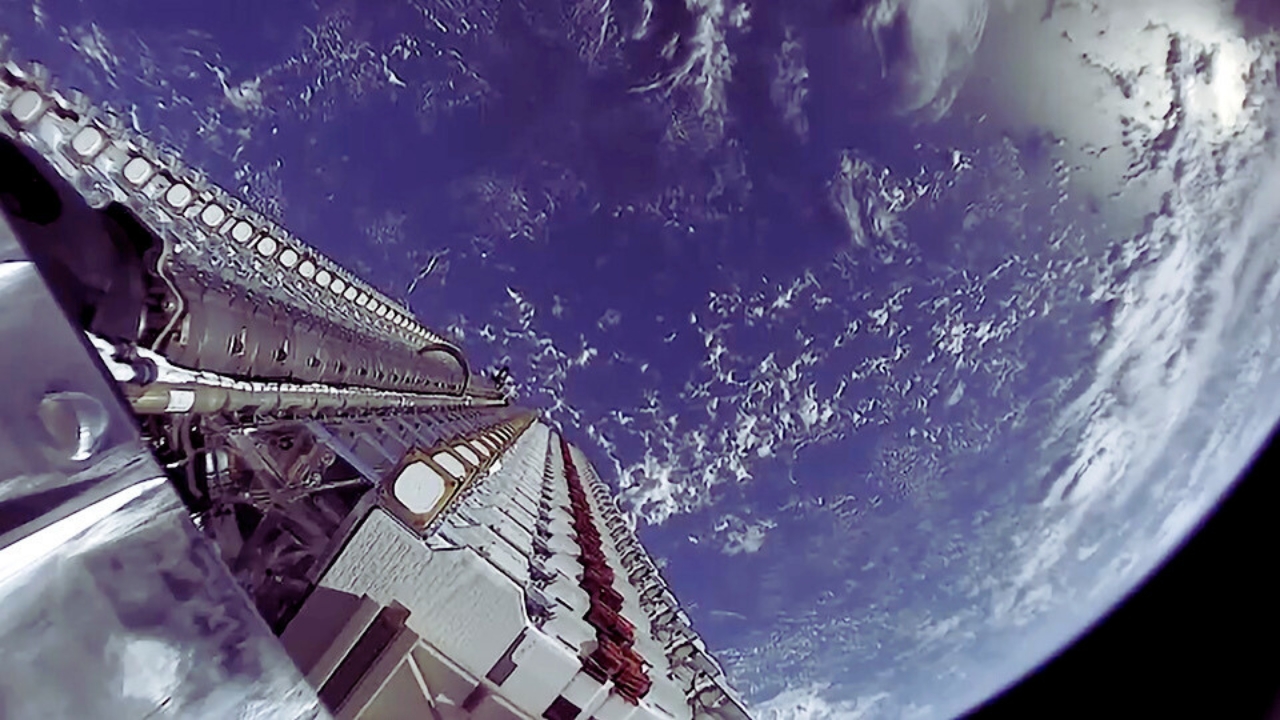I still remember the first time I spotted a chain of lights gliding across the night sky. I thought it was some bizarre alien parade—until I learned they were Starlink satellites, part of Elon Musk’s ambitious plan to bring internet to every corner of the planet. Since then, I’ve gone down the Starlink rabbit hole, tested the service, read the tech behind it, and watched it evolve into something game-changing.
What Are Starlink Satellites?
At a basic level, Starlink satellites are a constellation of low-Earth orbit (LEO) satellites developed by SpaceX. Unlike traditional internet satellites, which orbit 35,000 km, Starlink’s fleet hovers just around 550 km above the Earth. This lower orbit reduces latency, meaning smoother video calls, faster page loads, and more reliable connections—even in the middle of nowhere.
There are already over 5,000 Starlink satellites in orbit (and counting). And while that number might sound overwhelming, it’s part of the plan to offer low-latency, high-speed internet globally, especially in rural and underserved areas.
My Experience with Starlink Internet
I live just far enough outside the city to suffer from spotty coverage. I tried every local provider, but buffering was a constant battle—until I decided to give Starlink a shot.
Setting up the dish (which Starlink affectionately calls “Dishy”) was surprisingly easy. I plopped it in the yard, let it find the satellites, and boom—full-speed internet within 30 minutes. I was honestly blown away by how quickly Starlink satellites locked in and started delivering. Video calls? Seamless. Streaming? No buffering. Gaming? Almost no lag.
It’s not flawless—weather can impact the signal slightly—but overall, it’s been a game-changer.
How Do Starlink Satellites Work?
Here’s a simplified breakdown:
- LEO Satellites: Starlink satellites orbit closer to Earth, so data doesn’t have to travel as far.
- Ground Terminals: These are the user-facing “dishes” that communicate directly with the satellites overhead.
- Laser Links: Newer satellites use laser connections to relay data between one another without needing to bounce signals off the ground, improving speed and coverage.
- Backhaul to the Internet: Once data hits the satellite network, it’s sent down to strategically located ground stations and then into the broader internet.
In short, it’s a space-age relay system—fast, efficient, and super scalable.
The Global Impact of Starlink Satellites
One of the most exciting things about Starlink satellites is the potential to close the digital divide. Think about students in remote villages, aid workers in disaster zones, or travelers way off-grid—all finally getting access to the same internet many of us take for granted.
Starlink has already been utilized for remote emergency response, in combat zones, and even to enable entire communities get back in touch after calamities. It’s the kind of useful idea that restores your faith in technology.
Challenges and Criticisms
Of course, Starlink satellites aren’t without controversy.
- Light Pollution: Astronomers have raised concerns about how the bright, reflective satellites interfere with night-sky observations.
- Orbital Debris: With so many satellites in low orbit, the risk of space debris and collisions is increasing, which could threaten both Starlink and other space missions.
- Cost: While Starlink offers a lifeline to many, it’s not cheap—hardware and monthly fees are still out of reach for some users.
These are real issues, and SpaceX seems to be addressing them through better satellite coatings, auto-deorbiting systems, and talks with global space agencies.
Is Starlink the Future of the Internet?
Honestly, it’s hard not to see Starlink satellites playing a huge role in how we connect moving forward. They aren’t meant to replace fiber for dense urban areas, but they fill a massive gap elsewhere. And with plans to launch even more advanced satellites, offer mobile versions for vehicles, boats, and planes, and partner with global telecom companies, it’s only just getting started.
Conclusion
Starlink works, I can say that after using it for a while. It’s more than just hype. It is dependable, quick, and has a significant impact in areas that traditional ISPs have long disregarded. Concerns and growing pains are undoubtedly present, but what technology is immune to them?
Whether you’re living in the sticks, RV-ing across the country, or just fascinated by the future of connectivity, Starlink satellites are worth keeping an eye on—and maybe even pointing a dish toward.

